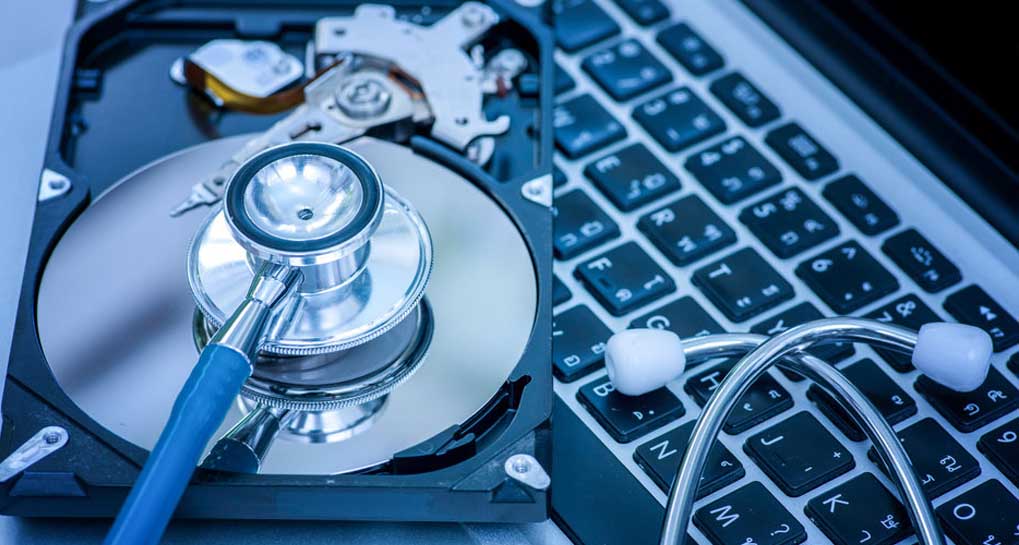A Brief Introduction to the Automated Teller Machine
ATMs are now a routine part of banking transactions but when they were introduced in the 1960s, they were the height of technology.
The Automated Teller Machine (ATM) is now such a normal part of daily life that it’s strange to think it was ever cutting-edge technology. But in the 1960s, when the first cash-dispensing ATM was installed at a branch of Barclays Bank in London, it was revolutionary. What’s more, over the decades, ATMs have become much more than just cash dispensers. They also allow customers to carry out a range of banking activities, including deposits and mobile phone top-ups.
Given that the ATM is such a prominent feature in people’s lives, it’s important to understand its background, technical development and its capabilities. Here’s a quick introduction to the ATM and its global significance.
While the first card-accepting ATM was introduced by Barclays in London in 1968, this was not in fact the very first incarnation of the automated teller. CitiBank, then known as First National City Bank, launched a version of the ATM called the Bankograph in American branches in 1960. This machine did not let customers withdraw money but instead allowed them to pay bills without the assistance of bank staff. Moreover, Barclays’ 1968 addition was not foolproof and cards were regularly swallowed by these early ATMs.
Following these early developments, growth in North America and Western Europe was rapid. In 1969, the first machine to use magnetically encoded plastic was installed at Chemical Bank in New York, although initial take-up was slow as the running costs for these machines, known as Docutellers, outstripped the cost of hiring a human teller. However, as the modified Total Teller was introduced in the early 1970s, ATMs began spreading in banks across the two continents.
Today, ATMs have been popularised across the globe. Experts estimate that developed countries like the USA, Canada, the UK and Japan have a high concentration of ATMs per capita, while steady economic growth in India and China has meant that the number of bank machines in these countries has been growing in the last decade. However, it’s not just the number of ATMs throughout the world that has increased but also its functions. As well as withdrawing and depositing cash, modern ATMs also allow you to put credit on a mobile phone just by entering your phone number of the keypad. What’s more, some machines will let you pay money into a beneficiary’s account, while others will print mini bank statements of your last few transactions.
Though ATMs are ubiquitous in wealthier countries, their relative scarcity in some regions – like the Middle East and Africa – means that the industry still has the potential to grow. As a result, ATM software and ATM applications are in constant development, as companies investigate the benefits and drawbacks of different platforms in varying environments.
However, as software changes, so too does concern over ATM security. Today’s biggest worry for ATM industry professionals is how to maintain the security of global systems beyond the traditional advice to consumers to keep their PIN secret. The development of chip cards and Chip and Pin technology has helped to combat ATM fraud but there are still advances to be made.





